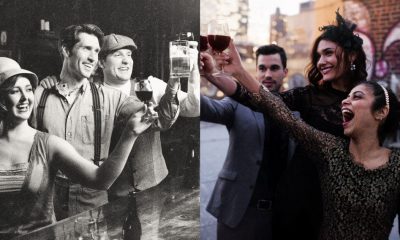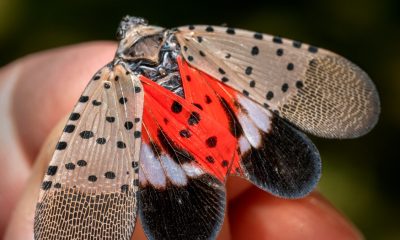Wine Education
The Art of Wine Tasting: A Journey Through the Senses
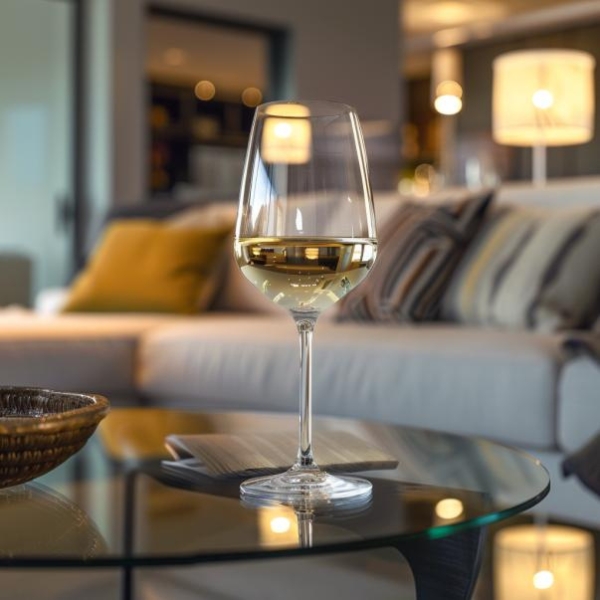
Wine tasting is more than just a ritual; it is an immersive experience that engages the senses and offers a profound connection to the world of viticulture. Understanding the art of wine tasting can transform an ordinary sip into a captivating journey through the vineyards and cellars where the wine was crafted. Here, we explore the steps and subtleties that define this age-old practice.
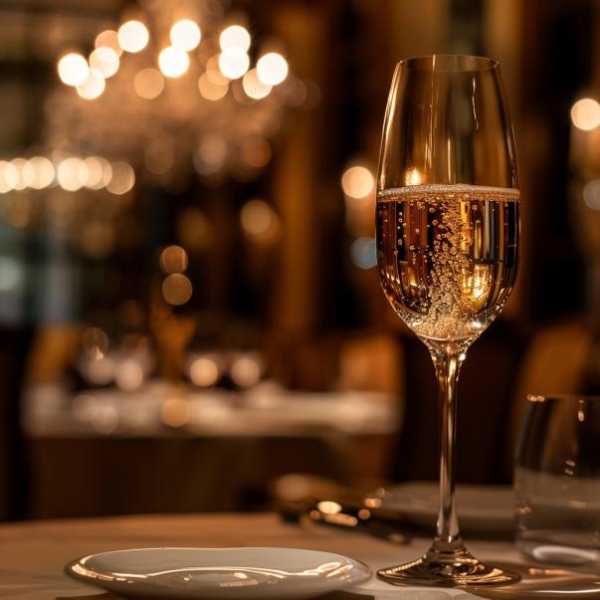
Sight: The Visual Introduction
The journey begins with sight. Pour the wine into a glass and hold it against a light or white background. Observe the color and clarity. The hue of the wine can provide initial hints about its age and type. Young red wines often display vibrant ruby or purple tones, while older reds may shift to garnet or brick hues. White wines, in their youth, tend to be pale yellow or straw-colored, deepening to gold with age. The clarity and brilliance of the wine can also indicate its condition and quality. A wine that appears cloudy may have faults, whereas a clear, bright wine promises purity and care in winemaking.
Swirl: Awakening the Aromas
Swirling the wine in the glass is a crucial step that enhances the tasting experience. This action oxygenates the wine, releasing its aromatic compounds. To swirl, hold the base of the glass on a flat surface and gently move it in a circular motion. This simple act helps volatilize the aromas, making them more accessible. A well-swirl glass of wine offers a preview of the sensory complexity to come.
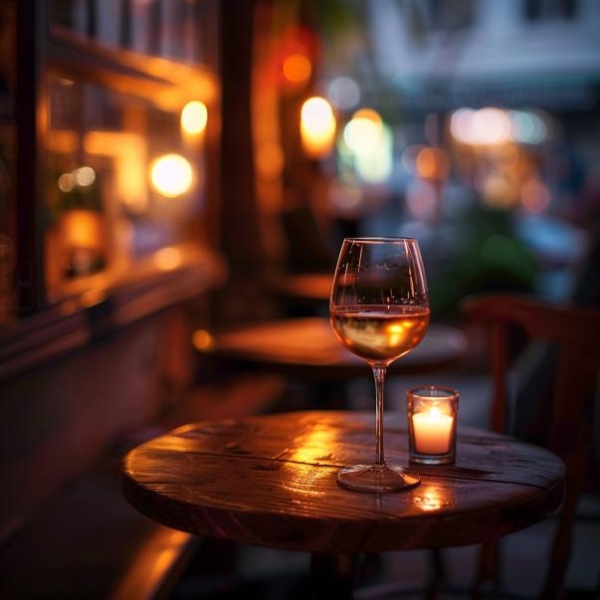
Smell: The Olfactory Symphony
The next step is to smell the wine, which provides the most significant insights into its character. Bring the glass to your nose and take a deep inhalation. The first scents you encounter are the primary aromas, which come directly from the grapes. These might include fruity notes like berries, citrus, or tropical fruits, depending on the wine’s varietal.
As you continue to smell, secondary aromas emerge, revealing more about the winemaking process. These can include scents like vanilla, toast, or chocolate, often derived from oak aging. Finally, the tertiary aromas develop over time as the wine ages in the bottle, adding complexity with notes of earth, leather, or dried fruits. Together, these layers of aromas create a symphony that tells the wine’s story.
Taste: The Palate Experience
Tasting is where the full complexity of the wine unfolds. Take a small sip and let the wine move around your mouth, touching all your taste buds. Pay attention to the sequence of flavors and textures you experience. The initial impression, or attack, gives you a sense of the wine’s sweetness, acidity, tannin, and alcohol. This is followed by the evolution or mid-palate, where the depth of flavors becomes more apparent. You might taste fruits, spices, or earthy elements, each contributing to the wine’s profile.
The finish or aftertaste is the final note, lingering on the palate and often indicating the wine’s quality. A long, balanced finish with harmonious flavors suggests a well-crafted wine. A short or abrupt finish might indicate a less complex wine.
Texture: The Tactile Dimension
The texture of the wine, often described as its mouthfeel, is another critical aspect of tasting. This can range from light and crisp to rich and velvety. The body of the wine is influenced by factors such as alcohol content, glycerol, and tannin levels. A well-balanced wine will have a harmonious texture that complements its flavors and aromas.
Conclusion: Reflecting on the Experience
The art of wine tasting is an exercise in mindfulness and appreciation. It requires us to slow down and engage fully with our senses, connecting us to the craftsmanship and history behind each bottle. By mastering the steps of sight, swirl, smell, taste, and texture, wine enthusiasts can unlock deeper enjoyment and understanding of the wines they love.
In the world of wine, every bottle tells a story. Through the art of wine tasting, we become a part of that story, savoring the culmination of nature, tradition, and innovation. Whether you are a novice or a seasoned connoisseur, the journey of wine tasting offers endless opportunities for discovery and delight.

Wine Education
Revolutionizing Wine Education: Wine Scholar Guild’s Bold New Approach
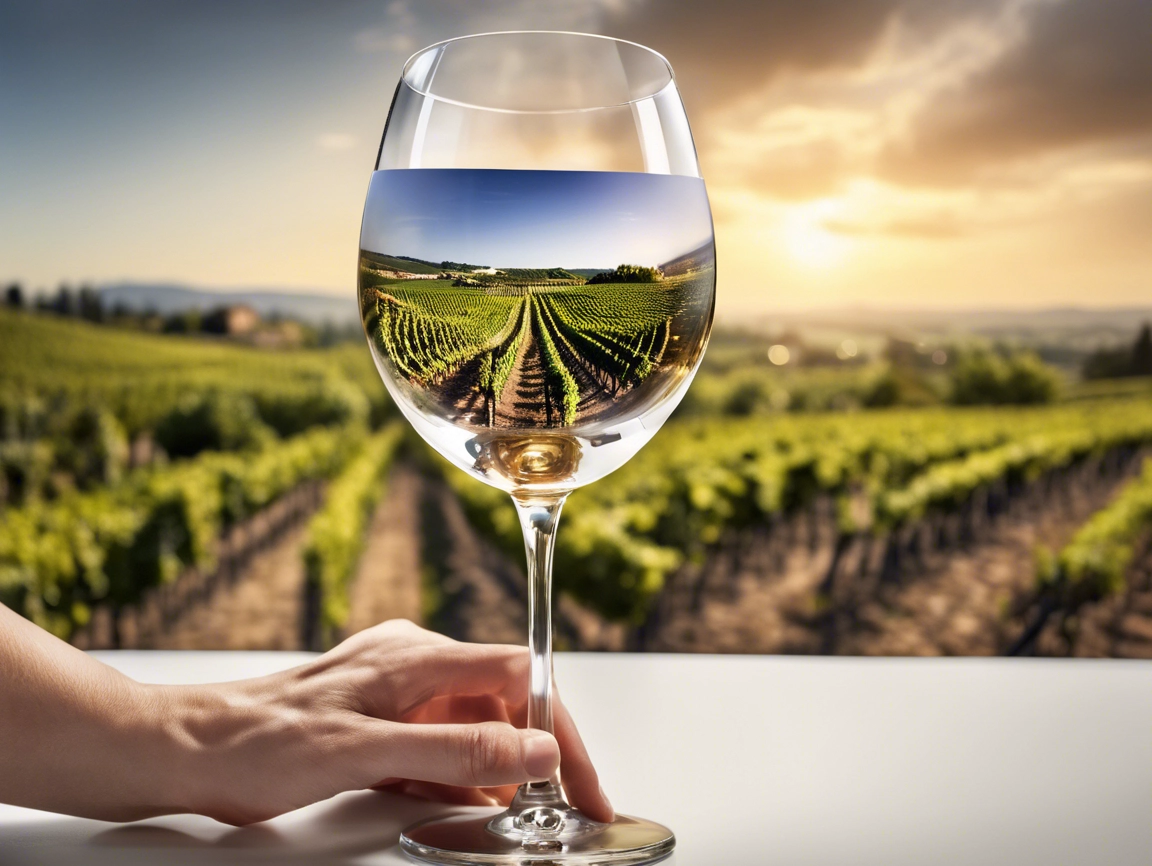
In a groundbreaking move poised to reshape the landscape of wine education, the Wine Scholar Guild has unveiled an innovative approach to teaching wine tasting. As detailed in a recent Forbes article by Felicity Carter, this initiative promises to revolutionize how wine enthusiasts and professionals alike engage with wine tasting, blending traditional techniques with modern advancements to create a more comprehensive and immersive learning experience.
The Traditional Method Meets Modern Innovation
For decades, wine education has largely relied on a traditional methodology that emphasizes theoretical knowledge and sensory evaluation. While this approach has been effective, it often lacks the dynamic and interactive elements that can significantly enhance the learning process. The Wine Scholar Guild, known for its commitment to excellence and innovation in wine education, recognizes the limitations of this traditional framework and has set out to create a more engaging and effective model.
The new methodology proposed by the Wine Scholar Guild integrates cutting-edge technology with established pedagogical practices. This hybrid approach not only preserves the depth and rigor of traditional wine education but also incorporates digital tools and interactive experiences that cater to a diverse range of learning styles. By leveraging virtual reality (VR), augmented reality (AR), and other digital innovations, the Guild aims to provide students with a more immersive and practical understanding of wine tasting.
Enhancing Sensory Perception
One of the most exciting aspects of this new approach is its focus on enhancing sensory perception through technology. VR and AR tools allow students to simulate various wine-tasting environments and scenarios, providing a hands-on experience that traditional classroom settings cannot offer. These technologies enable learners to visualize and interact with vineyards, wineries, and wine cellars from around the world, deepening their understanding of the wine-making process and its impact on the final product.
Additionally, sensory training modules that utilize digital interfaces help students develop a more refined palate. By engaging multiple senses and providing real-time feedback, these tools can accelerate the learning curve and foster a more nuanced appreciation of wine.
A Global Perspective
The Wine Scholar Guild’s new approach also emphasizes the importance of a global perspective in wine education. By incorporating case studies and virtual tours of renowned wine regions, the curriculum broadens students’ horizons and exposes them to the rich diversity of the wine world. This global focus not only enhances cultural appreciation but also prepares students for careers in the increasingly international wine industry.
Bridging the Gap Between Theory and Practice
Another key element of the Guild’s innovative model is its emphasis on practical application. The integration of technology allows for more experiential learning opportunities, bridging the gap between theoretical knowledge and real-world practice. Interactive simulations, virtual tastings, and hands-on projects enable students to apply their knowledge in practical settings, fostering a deeper and more lasting understanding of the material.
Expanding Access to Wine Education
Forbes highlights that another significant benefit of this new approach is the potential to expand access to wine education. Traditional wine education programs can be expensive and geographically restrictive, limiting who can participate. By incorporating online elements and virtual experiences, the Wine Scholar Guild is making it possible for a broader audience to engage with high-quality wine education. This democratization of knowledge ensures that more people, regardless of location or financial means, can develop a deep understanding and appreciation of wine.
Feedback from the Wine Community
As Forbes reports, the reaction from the wine community has been overwhelmingly positive. Educators, students, and professionals alike have praised the Wine Scholar Guild for its forward-thinking approach and commitment to improving wine education. Many believe that this new model not only enhances the learning experience but also better prepares students for the realities of the wine industry.
The Future of Wine Education
The Wine Scholar Guild’s bold new approach to wine tasting education is set to transform the industry. By combining traditional methods with modern technology, the Guild is creating a more engaging, effective, and inclusive learning environment. As this innovative model gains traction, it has the potential to set new standards in wine education and inspire other institutions to follow suit.
Forbes emphasizes that this transformation in wine education is not just about embracing new technology but about enhancing the overall quality and accessibility of learning. By making wine education more interactive, practical, and globally focused, the Wine Scholar Guild is ensuring that the next generation of wine professionals and enthusiasts are better equipped to appreciate and succeed in the complex world of wine.
For a more detailed look at this groundbreaking initiative, read the full story on Forbes: Wine Scholar Guild Plans to Upend the Way Wine Tasting is Taught.
-

 Wine Collecting1 year ago
Wine Collecting1 year agoRecommended Apps for Tracking Your Wine Inventory
-

 Wine Industry News1 year ago
Wine Industry News1 year agoMajor Wine Mergers and Acquisitions in 2024: A Year of Strategic Consolidation
-

 Wine Regions1 year ago
Wine Regions1 year agoExploring Israeli Wine: Galilee, Golan Heights, and Judean Hills Regions
-

 Wine Reviews1 year ago
Wine Reviews1 year agoReview of Jam Jar Sparkling Sweet Red NV
-
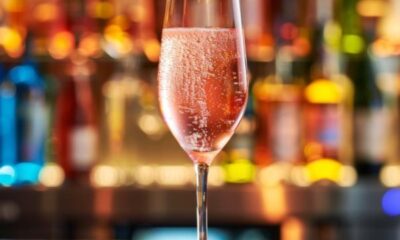
 Wine Reviews1 year ago
Wine Reviews1 year agoMass Production Over Mastery: A Critical Review of Barefoot Bubbly Pink Moscato California Champagne NV
-

 Wine Regions1 year ago
Wine Regions1 year agoDiscovering the World’s Most Underrated Wine Regions
-

 Regional Wine Guides1 year ago
Regional Wine Guides1 year agoIndian Wines: A Rich History and a Unique Terroir
-

 Wine Industry News1 year ago
Wine Industry News1 year agoWelcome to Wine Savvy Magazine
